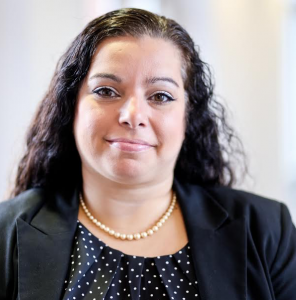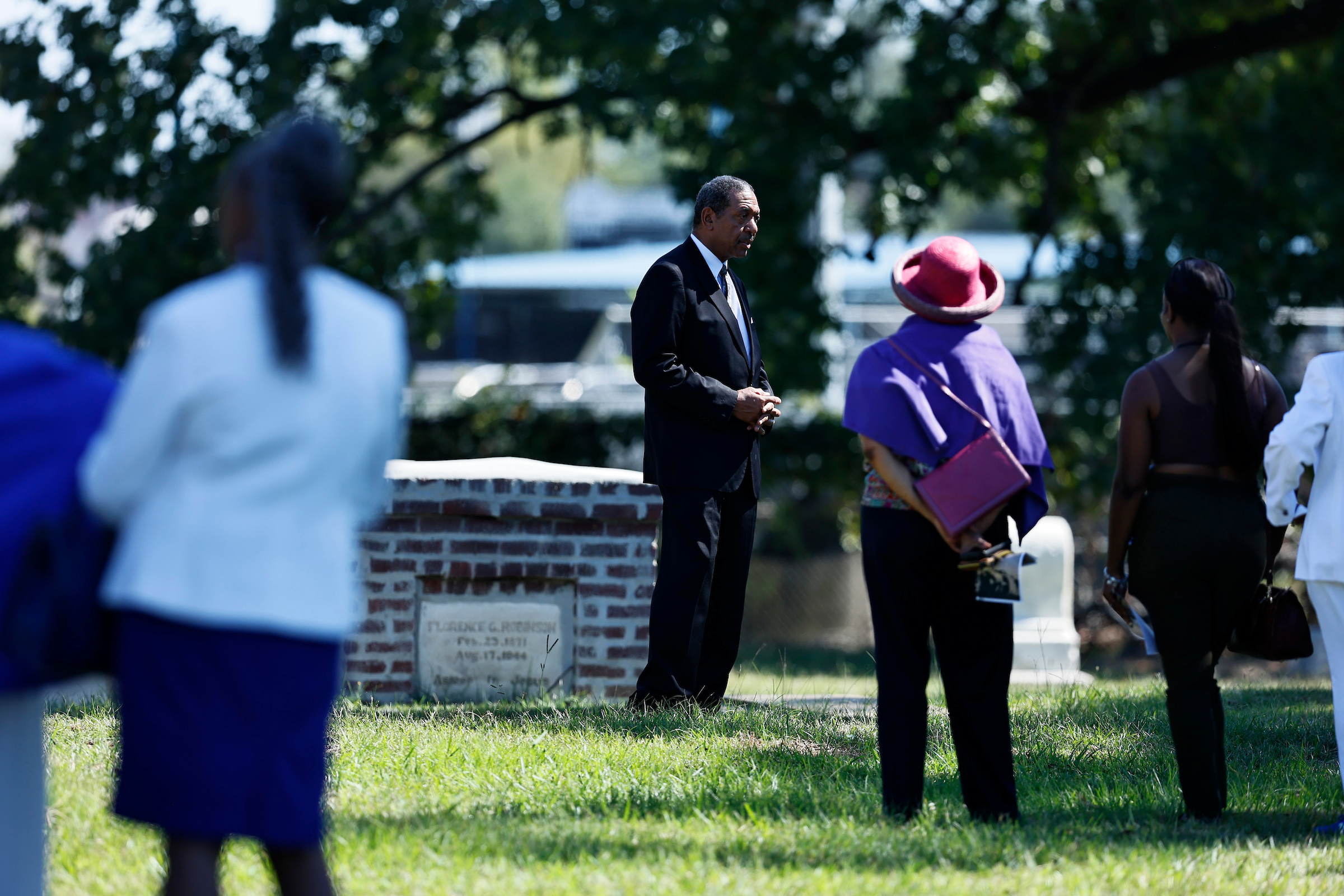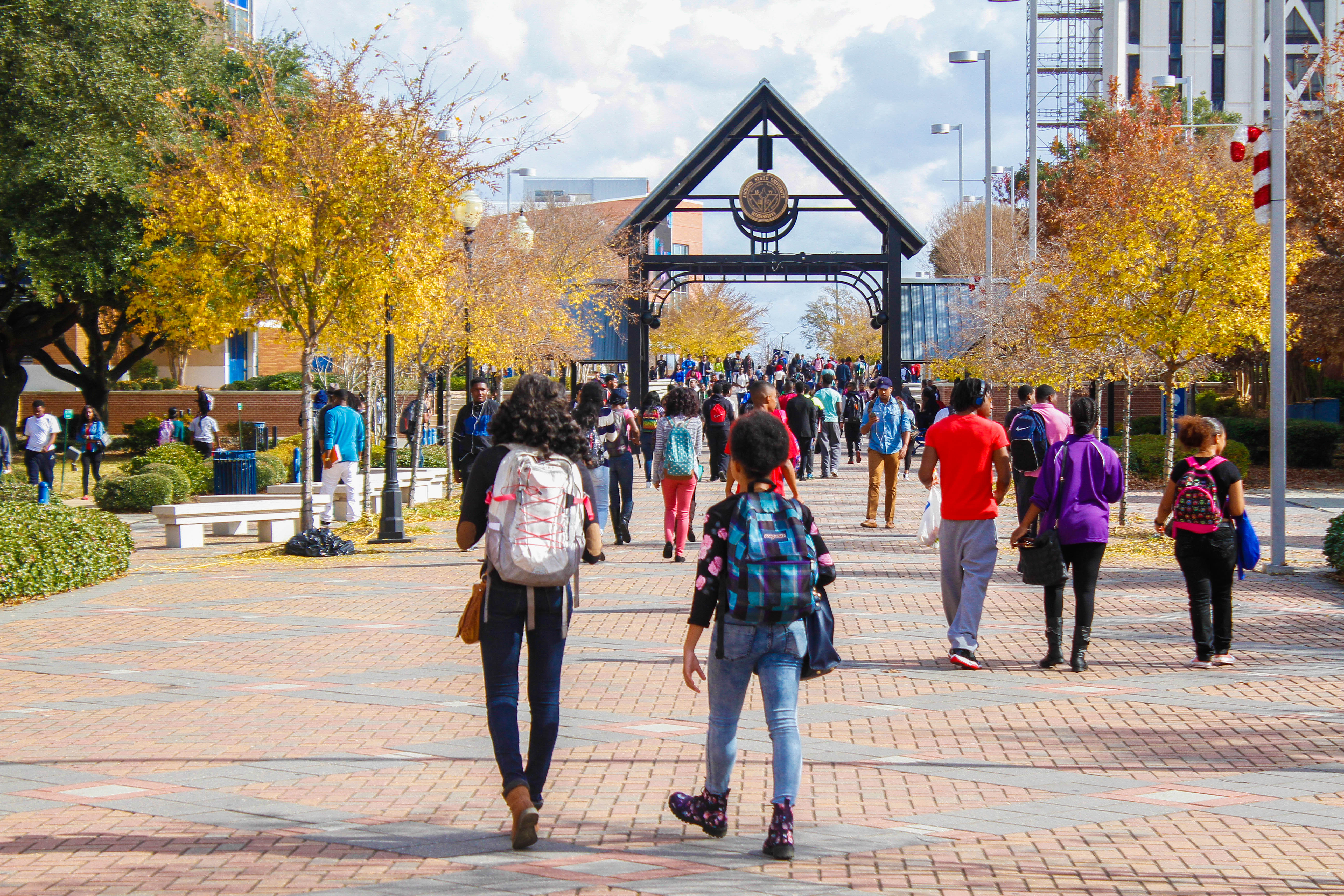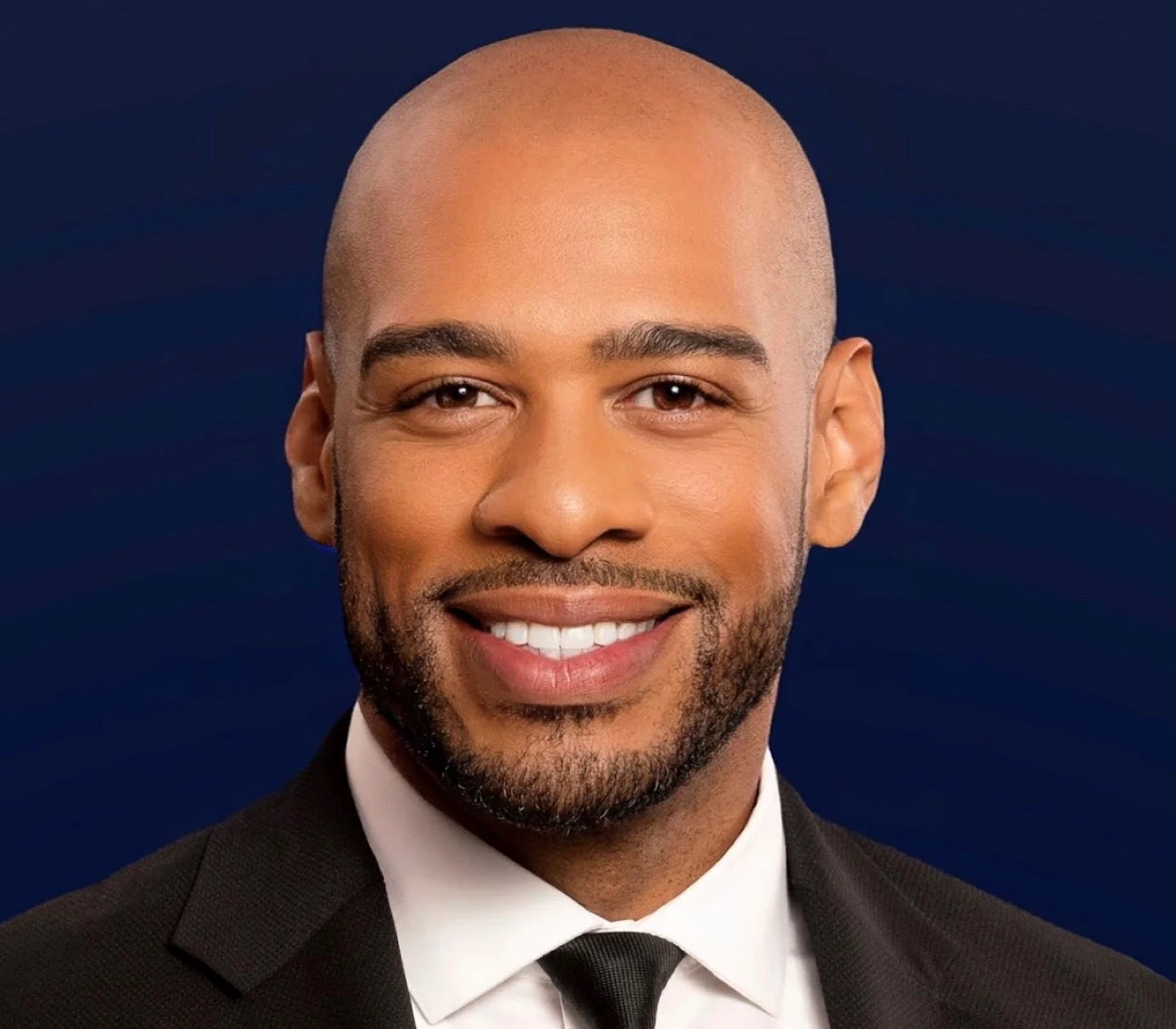![]()
[hr]
The Center for University-Based Development (CUBD) at Jackson State University received a $15,000 grant from the Mississippi Department of Archives and History (MDAH) to remodel and preserve Mount Olive Cemetery, located on John R. Lynch Street.

The cemetery, next to the Council of Federated Organizations (COFO) building, will have preservation work done to highlight the significance of the site as well as the people buried in it.
For years, Heather Wilcox, neighborhood development coordinator for CUBD, has been doing mostly backend research to determine who is buried there, their significance and personal information.
“The history of the west Jackson community and Mount Olive Cemetery are an interconnected story of a rich historical timeline dating back to the early 1800s and marks not only a point of beginning for West Jackson but also represents and serves as a resting place for the first African-American doctors, lawyers, legislators, dentists and midwives, of Jackson, Mississippi. And this important story is worthy of preservation,” Wilcox said.
The grant will be used for three main projects. The first is to create booklets for the burial site, which will include all of the names and information about the deceased.
The next project will consist of cleaning two prominent statues of James Hill and Ida Revels. Hill was a former slave who was the first African-American elected to the Mississippi House of Representatives. Revels was the daughter of Hiram Revels, the first African-American to serve in the U.S. Congress and wife of Sydney Redmond, an entrepreneur, lawyer and physician. Currently, the statues are covered in moss, mold and dirt, hiding its intricate granite and marble detail.
The third step for CUBD is to apply for the landmark to be listed in the National Register of Historic Places.
From there, the hope is to apply and receive a larger grant, which CUBD plans to use for landscaping and to build a water wall, consisting of the names of the deceased and separate the cemetery from the JSU tennis courts.
Dating back to the first burial in 1807, this cemetery has a lot of rich history of former slaves and prominent African-Americans within the community. There are no plans for more burials. This site will hopefully become a tourist attraction.
According to Wilcox, the expected timeline is to have the reservation work begin around January or February and completed by August 2017.






